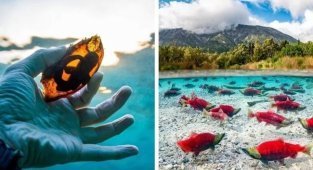Nature is a true artist and inventor. Only she is capable of creating amazing things and never repeating them. Watching her creations is a pleasure. 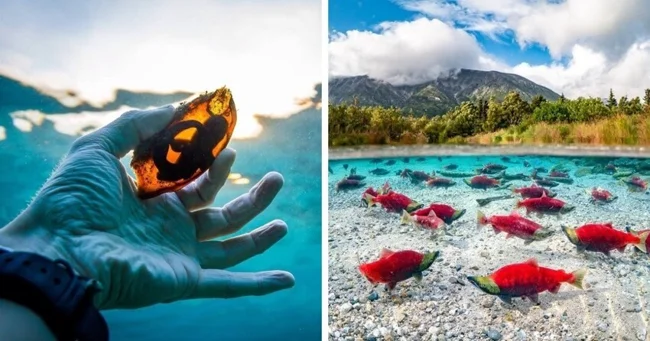
Sometimes, to see some of them, travelers have to travel a long way. However, the sensations received after what they saw, as a rule, completely compensate for the physical and emotional costs. If you haven’t encountered anything unusual for a long time, but you need new experiences like air, we invite you to enjoy the unique natural phenomena presented in our selection.
Albino fur seal 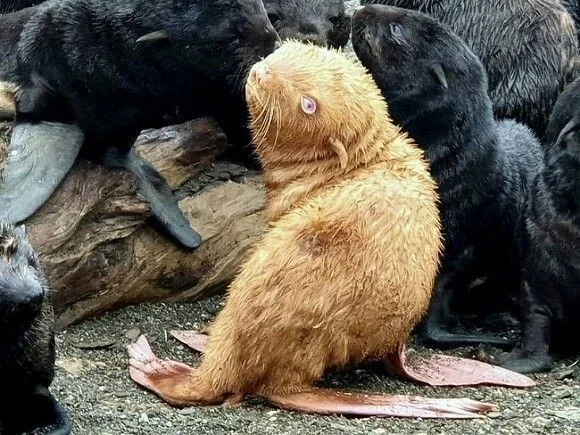
A blue-eyed seal of an unusual color was discovered on Seal Island, which is located in the Sea of Okhotsk. Researchers consider this phenomenon incredibly rare. The chances of being born an albino are 1 in 100,000. The seal is now being closely monitored in order to provide timely assistance if necessary. Albinos in the animal world are often persecuted by their relatives. In addition, they always have problems with hearing and vision.
Sockeye salmon spawning in Alaska 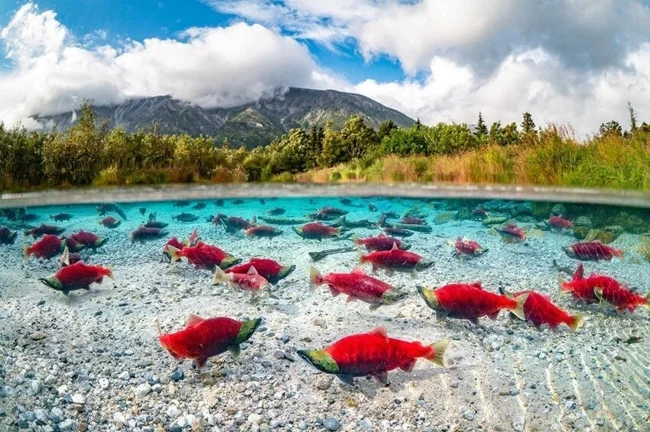
The spawning season causes sockeye salmon to change beyond recognition. Regular silver fish turn bright red. Nature gave the sockeye salmon this feature so that it could protect itself from predators by informing them of its “toxicity.”
Burning hill Yanardag 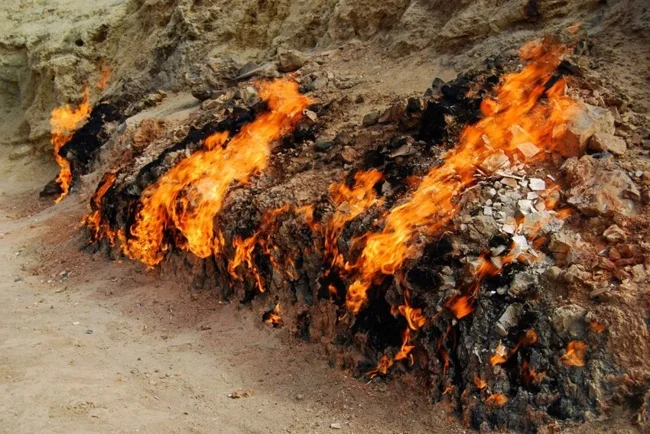
The natural eternal fire, constantly burning on the slopes of Yanardag Hill, is a consequence of the constant release of flammable gas from the underlying soils. An amazing attraction is located in Azerbaijan.
Glowing mushrooms 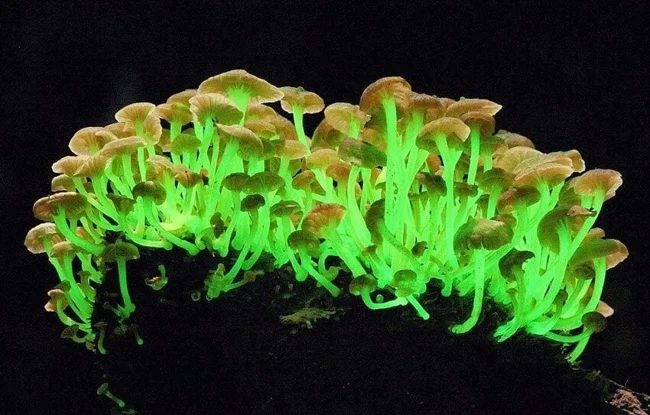
The origin of luminescent mushrooms still has no precise explanation. Some scientists believe that luminous mushrooms owe their color to the natural conditions that surround them. According to other versions, the glow is required to reproduce and scare away enemies. In total, about 70 species of luminous mushrooms are known in nature. Therefore, this phenomenon cannot be called numerous.
Striped icebergs 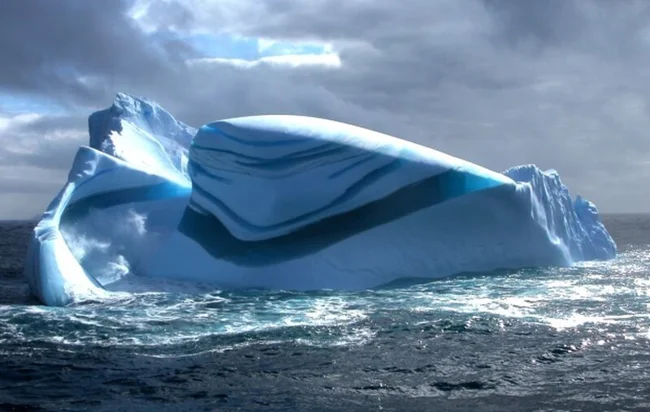
Striped icebergs that look like colored ice cream are an amazing phenomenon that can be observed in Antarctica. The unusual stripes are formed after huge chunks of ice break off from the main glacier. Their color depends on the age of the iceberg and the composition of the air. So, if the upper layers of ice contain a lot of air, the stripes will be dull white. If it is water, white with a blue tint will predominate. The green color appears due to frequent contact with algae. Iceberg stripes can also be yellow, brown, or even pink.
Pando Tree 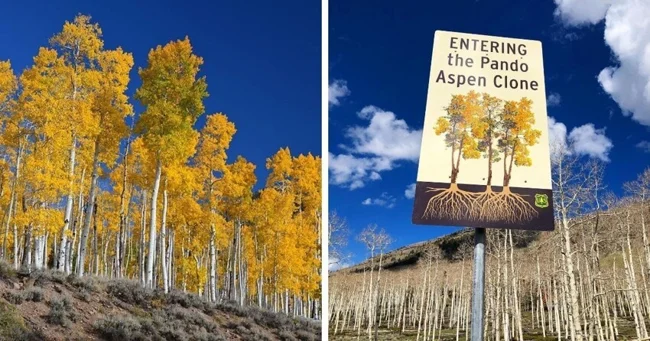
Pando is the largest living organism in the world. Numerous trees occupying an area of 43 hectares have a single root system. According to biologists, the birth of the giant occurred more than 80,000 years ago. This miracle is located in Utah, USA.
Combining caterpillars into a kind of “train” looks amazing 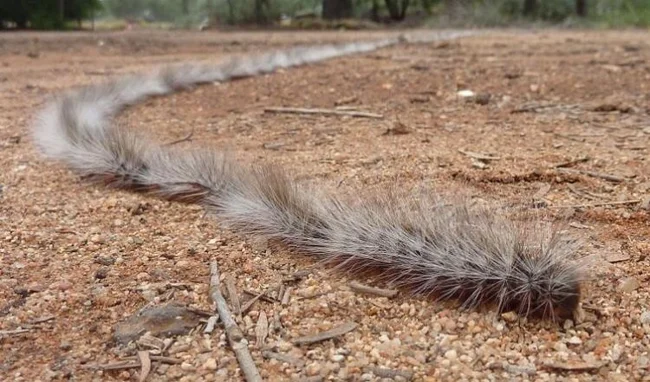
Sometimes people encounter this phenomenon when caterpillars, lined up in a line, obediently follow each other. Why are they doing this? It's simple - this is how insects fight for survival. This movement pattern allows you to safely move from one food source to another, because predators perceive such a “train” as one large creature.
Three-eyed snake 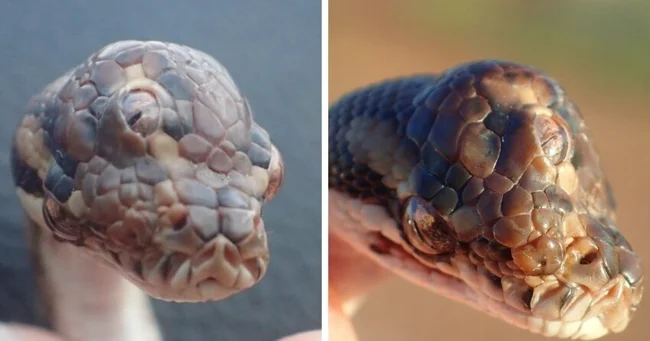
Australia's Northern Territory Parks and Wildlife Service shared photos showing a snake with three eyes. An unusual creature was found by local rangers. Researchers were very interested in this case, because x-rays showed that the snake did not have two separate heads, but one skull with three functioning eyes. Scientists believe that the animal’s third eye did not appear due to environmental influences. The main version is an embryonic mutation.
Poisonous Spanish Dancer sea slug spotted off Western Australia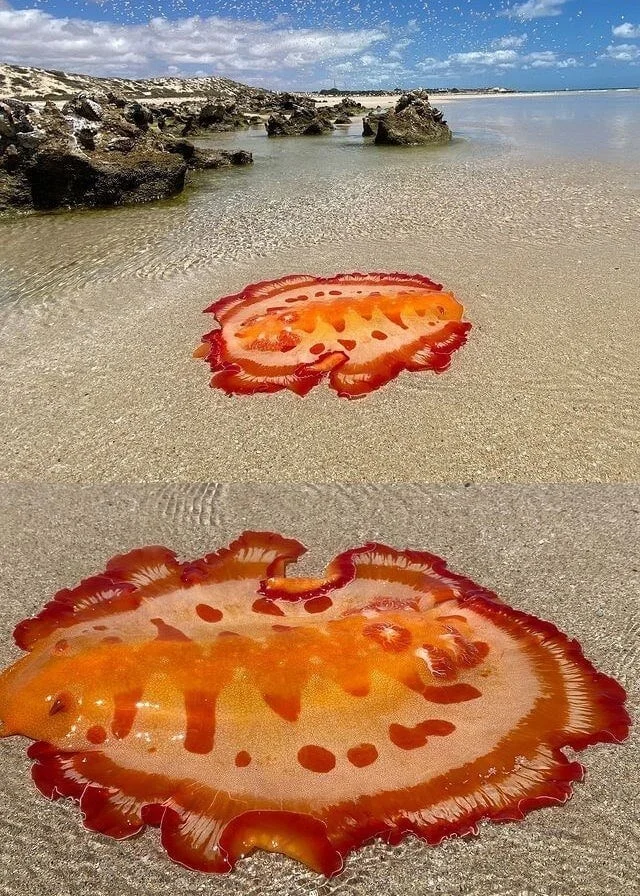
The Spanish dancer is an amazing mollusk that can be found mainly during night dives in the sea. The creature does not like sunlight and prefers not to show itself to everyone. However, sometimes it is thrown into shallow water by waves, which gives people an excellent opportunity to observe the unusual creature from the outside.
Causeway of Giants 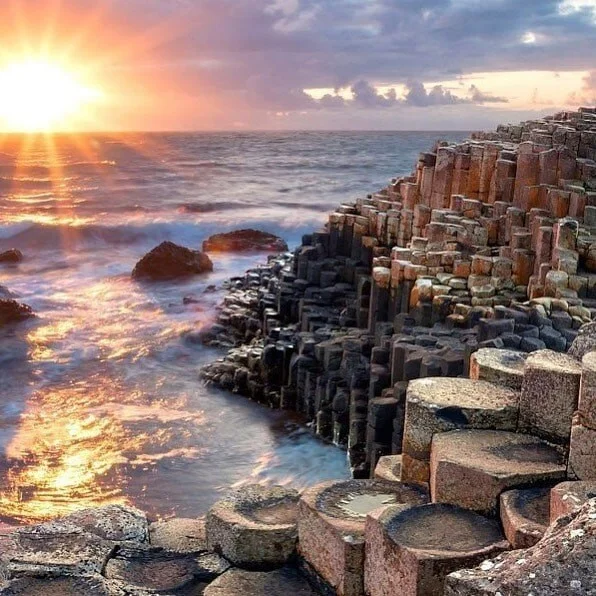
The Giant's Causeway is Ireland's top attraction. It is a rocky coast, which consists of individual faceted basalt columns, closely pressed against each other. All columns are predominantly hexagonal. Scientists have found that the columns were formed as a result of a series of volcanic movements, cooling and horizontal compression of lava.
Monarch butterflies overwinter on a tree in Mexico 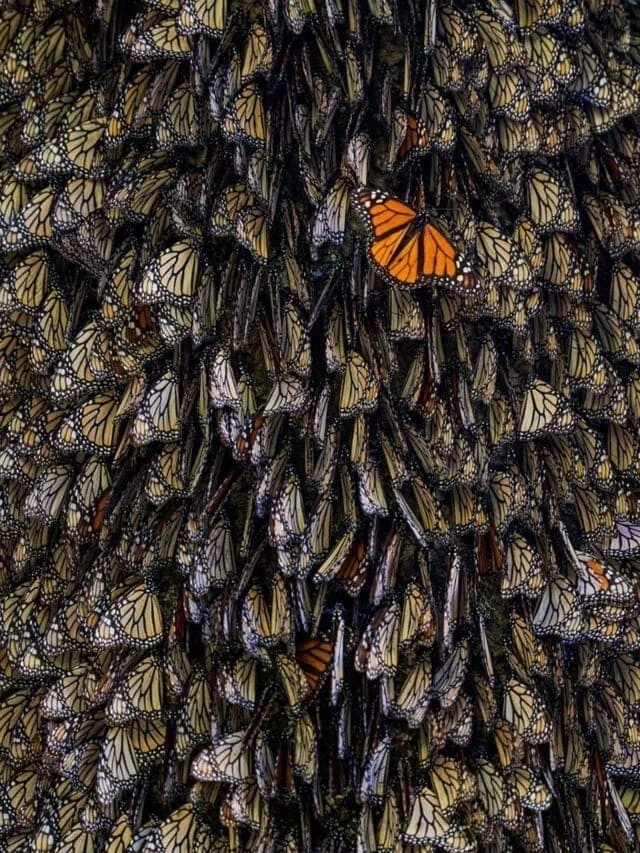
Every year, millions of monarch butterflies fly to Mexico, Florida, and California for the winter, and then return back. Monarchs at their wintering site are a memorable sight, hanging in whole clusters on branches and tree trunks.
These fluffy balls are actually a mineral called okenite. And they're not soft at all. 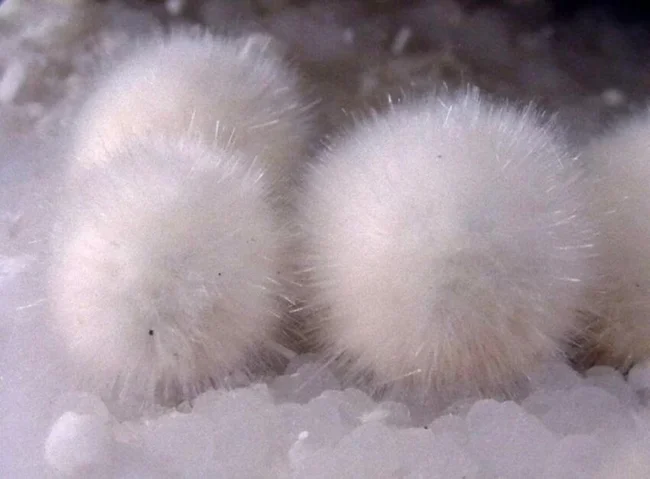
Okenite is a fairly rare mineral that can be found in Greenland, Iceland, and India.
Underwater forest on Lake Kaindy 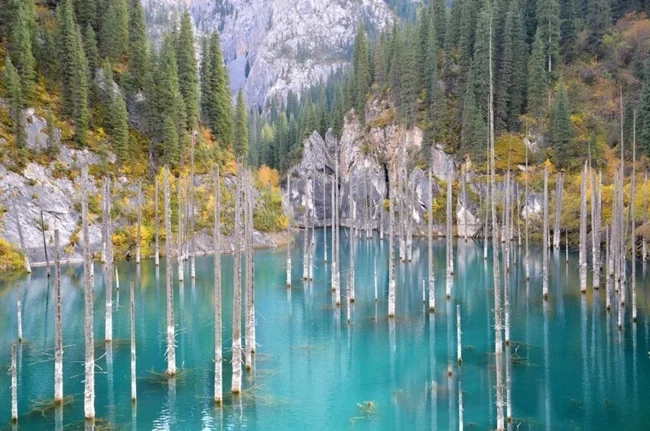
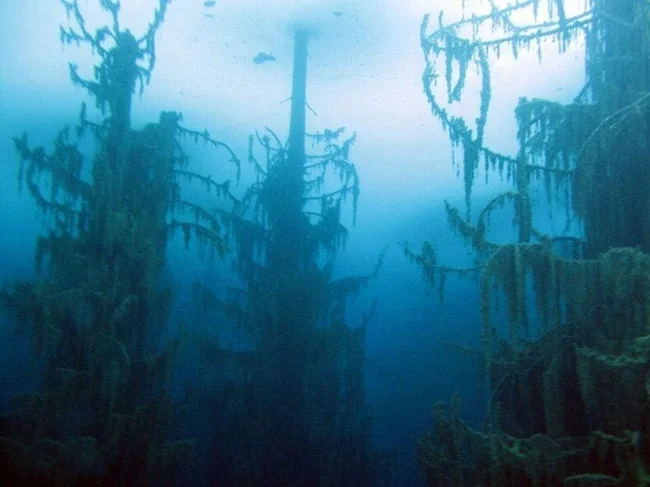
Lake Kaindy was formed as a result of a natural phenomenon - water flooded the gorge, creating a natural gate in the very middle of the reservoir. The most interesting attraction is the spruce trees, which seem to grow from the water itself. In fact, these trees died long ago, and the fact that they were preserved in this form is the result of a kind of “preservation” due to the low water temperature.
This is what a shark egg looks like 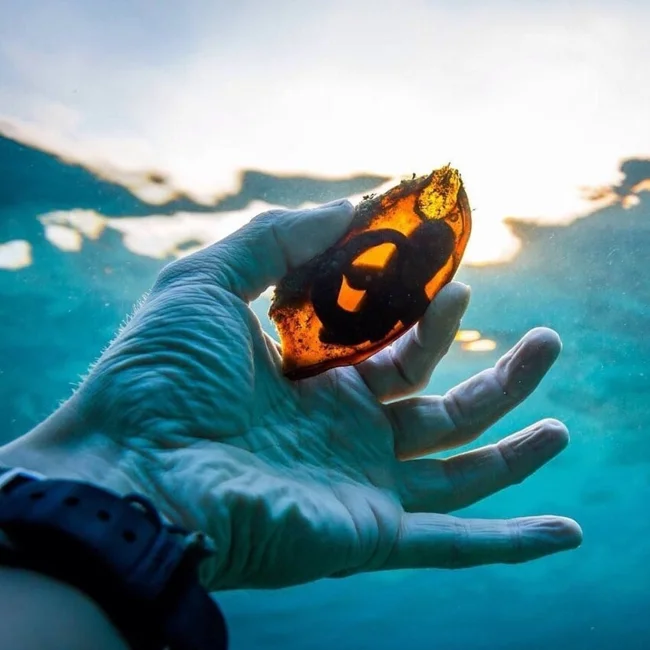
About 70% of sharks are viviparous. The remaining 30% lay eggs, inside of which you can see a real, living embryo.
Bonus: the rare and mystical phenomenon of Fata Morgana 
Fata Morgana is a complex optical phenomenon that occurs when several alternating layers of air of varying density and temperature are formed in the lower layers of the atmosphere. As a result, they become capable of producing mirror images. Distant objects become visible many times and with the presence of various distortions and illusions.
0 comments
